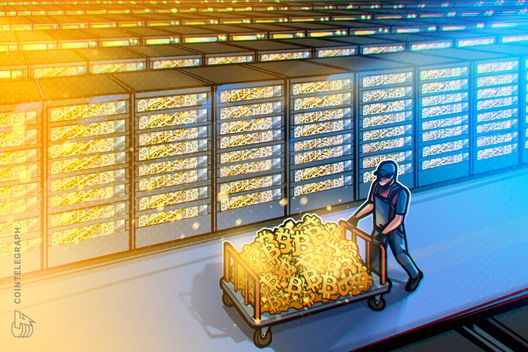FTX collapse followed by an uptick in stablecoin inflows and DEX activity
2 min read
On-chain data from Glassnode show Bitcoin’s (
Contrary to Bitcoin’s and Ether’s declining balances on exchanges, stablecoin balances remain net positive on exchanges, meaning their balances are growing. Over $1.04 billion in Tether (USDT), USD Coin (USDC), Binance USD (BUSD) and Dai (DAI) moved to exchanges on Nov. 10. This marks Nov. 10 as the seventh-largest stablecoin inflow to exchanges.
According to Glassnode, with the major influx of stablecoins to exchanges, the current $41.186 billion total is an all-time high.
Bitcoin miners continue to sell
Bitcoin miners continue to remain under extreme pressure, and data highlights that hash prices are at all-time lows. The record-low hash prices led to miners selling around 9.5% of their treasuries, around 7.76 million BTC. This sell-off marks the sharpest monthly decline for miner balances since September 2018.
Decentralized and centralized altcoin performance
Delphi Digital used asset baskets to analyze performance between decentralized exchange (DEX) and centralized exchange (CEX) tokens and found that when comparing the basket prices to BTC, the DEX basket gained 24% whereas the CEX basket is down 2%.
Generally, on-chain activity correlates to overall Bitcoin, Ether and altcoin market sentiment, with the current FTX chaos catalyzing historic exchange outflows and CEX tokens’ underperformance. A likely trend to emerge from the current chaos is a steady uptick in self-custodied cryptocurrencies and an increase in DEX use.
The views and opinions expressed here are solely those of the author and do not necessarily reflect the views of Cointelegraph.com. Every investment and trading move involves risk, you should conduct your own research when making a decision.




